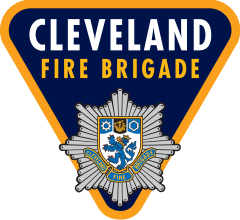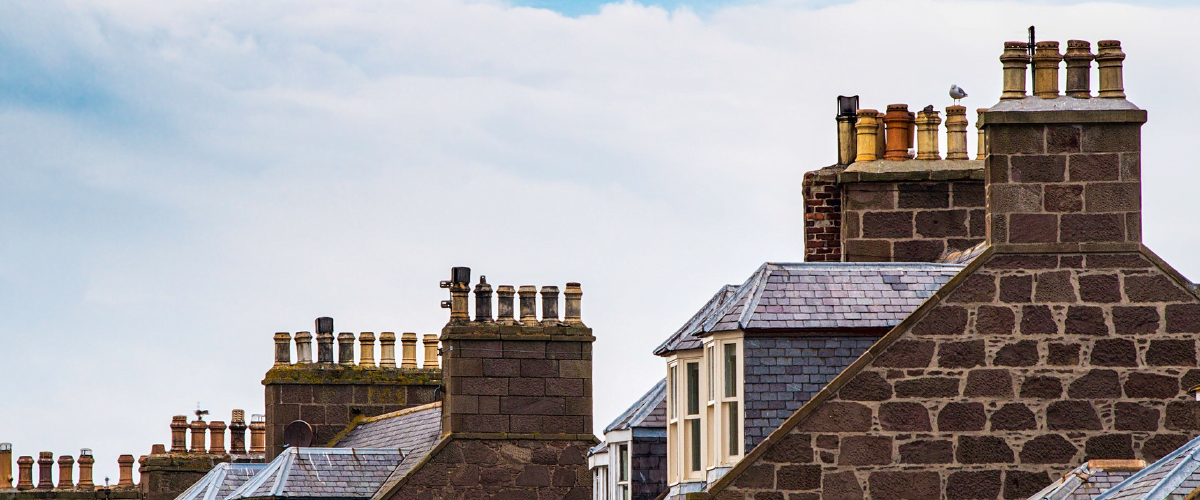A fire in the hearth can be dangerous. Chimney fires can spread into your roof space or floor cavity and endanger lives as well as cause extensive damage.
Common causes of chimney fires:
- Infrequent sweeping and cleaning
- Burning unseasoned wet wood
- Wrongly sized fires/log burners/stoves
- Overnight burning or smouldering wood for long periods in wood stoves
Do you use a traditional open fire or woodburner to heat your home?
Follow these safety tips:
- Before lighting the first fire of winter, have your chimney swept
- Chimneys should be swept according to the type of fuel used:
- Smokeless fuels – at least once a year
- Bituminous coal – at least twice a year
- Wood – quarterly when in use
- Oil – once a year
- Gas – once a year
- Keep it clean – don’t allow soot or ash to build up
- Inspect your chimney breast, especially the roof space, ensure sparks or fumes can’t escape through cracks or broken bricks
- Inspect flues to wood burners to ensure heat cannot escape through to a combustible beam or roof structure
- Burn the recommended fuels only – never use petrol or paraffin to light your fire
- Always use a fire guard to protect against flying sparks
- Don’t overload the grate or build fires too high
- Let fires burn down well before going to bed or leaving the house
- Check the hearth, floor and furnishings near the fire for sparks or embers
Warning signs you have a chimney fire
- Excessive smoke
- Embers falling back into the hearth
- The walls of the chimney breast or adjacent walls becoming very hot to the touch
- Flames showing from the pot
If you think your chimney may be on fire, call 999, get out and stay out.





